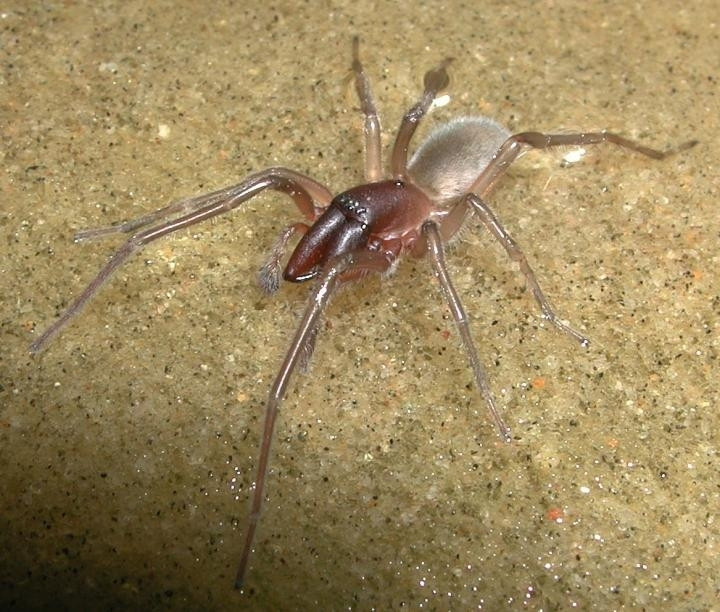New species of marine spider can breathe underwater using air chamber made of silk
Researchers spotted a hidden population in Queensland, Australia during low tide.

An intriguing species of marine spider which is entirely new to science has been identified in Queensland, Australia, according to a study published in the journal Evolutionary Systematics.
The animal was first spotted by researchers in January 2009 when sea waters in the north-eastern Australian state receded to such an extent that a hidden population living on a patch of brain coral became exposed.
The study describes the bodies of both the males and females as being mostly reddish-brown in colour, while the legs are covered in a dense layer of dark grey hairs.
Of the specimens studied, the females appear to be larger – nearly 9mm in length – whereas the males measure only about 6mm.
Researchers from the Queensland Museum and the University of Hamburg officially named the spider Desis bobmarleyi in tribute to the song "High Tide or Low Tide" by reggae legend Bob Marley.
"'High Tide or Low Tide' promotes love and friendship through all struggles of life," the authors say. "It is [Bob Marley's] music that aided a field trip to Port Douglas in coastal Queensland, Australia, to collect spiders with a highly unique biology."
Like their relatives in the Desis genus (or group of species) which are known as intertidal species – meaning they live in the area above water at low tide and under water at high tide - D. bobmarleyi spends time both underwater and on land.
The spiders cannot breathe liquid though, so to survive during high tide, they hide in barnacle shells, corals or kelp in which they construct air chambers made from silk. Then once, the water recedes they venture out of the sea to hunt the small invertebrates that live on nearby rocks and plants.
These intertidal spiders should not be confused with 'sea spiders' – sea creatures which live entirely underwater and are not true spiders, or even arachnids, despite the similarities in appearance.





















